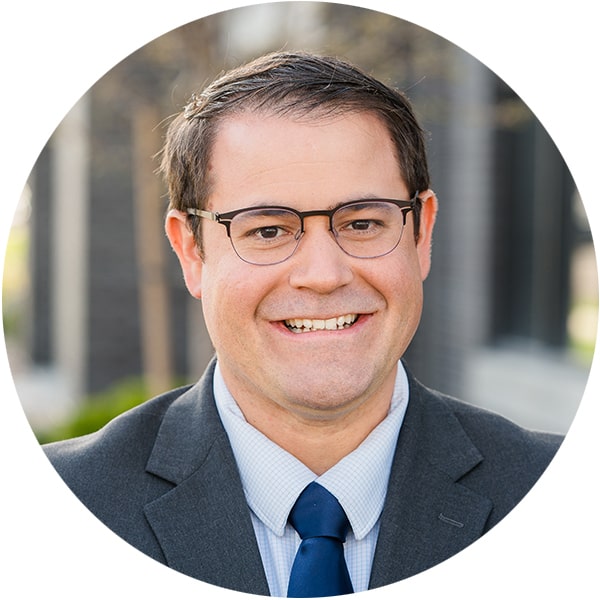Can you imagine if the government regulated how much tint was allowed in your sunglasses?
Periodically an officer might stop you and use a device to check and make sure your particular pair of Ray-Bans were up to code. It may sound crazy, but that’s effectively what happens when it comes to the tint on our vehicle windows.
While we agree that one shouldn’t have tint that allows no exterior light to pass through, where should the line be drawn?
Currently Utah law says that at least 43% of exterior light must be able to pass through your the front side windows and windshield. That percentage is quite high compared to our neighboring states, none of which go above 35%. New Mexico goes as low as 20%. Here’s the list:
- Idaho: 35%
- Wyoming: 28%
- Colorado: 27
- New Mexico: 20%
- Arizona: 33%
- Nevada: 35%
Why have a stronger tint in the first place? Among other reasons, heat and privacy.
A lot of the reasons for having a stronger tint have nothing to do with the physical act of driving, but instead have to do with keeping your car cool and avoiding unwanted attention.
If your car does a better job of staying cool, then you run your air conditioner less, resulting in using less gas and putting less pollution in the air. Record-breaking temperatures in Utah give us plenty of opportunity to try and reduce heat coming into our cars, especially when children or pets are inside.
And privacy is no less important; for example, if a mother wants to breastfeed away from the public eye, a stronger tint would provide more privacy as she sits in the parking lot.
In the end, it’s your car, your property. Having a stronger tint shouldn’t be such a big government hurdle. This year, Senator Lincoln Fillmore ran a bill to allow a stronger tint. His bill went through two iterations, one at first to lower the minimum light level to 25% and another then compromising at 35%. In the end, the bill still failed to pass.
Either percentage would be an improvement over what Utah’s law currently allows, so stay tuned for another attempt next year.





